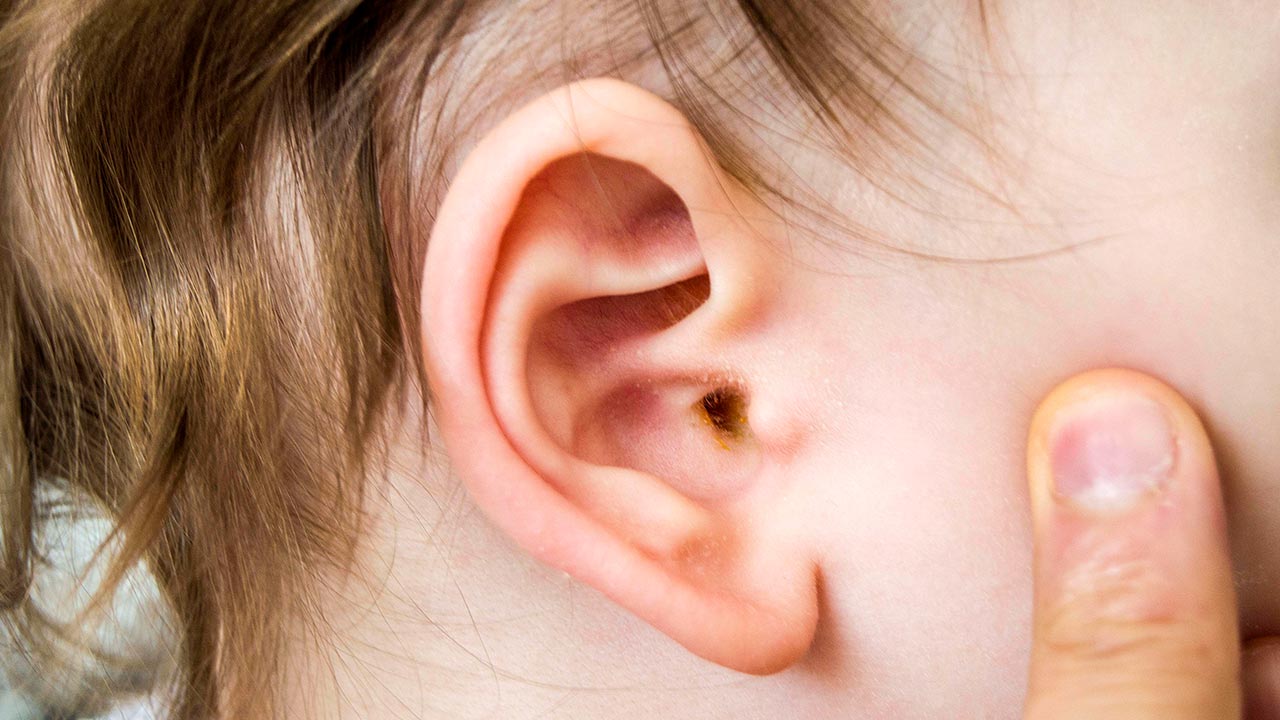

Caution is advised to avoid having your ears irrigated if you have diabetes, a hole in the eardrum (perforation), tube in the eardrum, skin problems such as eczema in the ear canal or a weakened immune system. Ear syringing is most effective when water, saline, or wax dissolving drops are put in the ear canal 15 to 30 minutes before treatment.

Common solutions used for syringing include water and saline, which should be warmed to body temperature to prevent dizziness. Irrigation or ear syringing is commonly used for cleaning and can be performed by a physician or at home using a commercially available irrigation kit. Detergent drops such as hydrogen peroxide or carbamide peroxide (available in most pharmacies) may also aid in the removal of wax. Patients can try placing a few drops of mineral oil, baby oil, glycerin, or commercial drops in the ear. Most cases of ear wax blockage respond to home treatments used to soften wax. This condition is call cerumen impaction. The ears should be cleaned when enough earwax gathers to cause symptoms or to prevent a needed assessment of the ear by your doctor. Ideally, the ear canals should never have to be cleaned. If, along with flaky earwax, you are experiencing any itching or inflammation in your ear, do consult your GP, who will determine whether or not you need treatment.Cleaning a working ear can be done by washing it with a soft cloth, but do not insert anything into the ear. However, flaky earwax can indicate health problems such as eczema or an ear infection. As we get older, the wax in our ears does tend to become flakier. Alternatively, it could simply be a sign of ageing. If you suspect your watery earwax is caused by this condition, it’s best to seek medical advice from your doctor.Īs we’ve mentioned above, dry and flaky earwax may just be down to Asian ancestry. A buildup of dirt and earwax means that debris overflows and comes out the ear. This can be treated easily with antibiotics, so do make an appointment with your GP.Īnother possible cause could be a cholesteatoma, which is a skin growth, a lot like a cyst, in the ear canal. If this is the case, watery earwax isn’t really earwax, it is pus draining from the infection itself. Watery earwax is often caused by a middle ear infection. Watery earwax is not the same as having wet earwax, which is common after diving or swimming, although it could be a sign of otitis externa, commonly called swimmer’s ear. People of Caucasian or African descent are more likely to have wet earwax, while people with Asian ancestry are liable to have dry earwax. Perhaps surprisingly, the consistency of the wax in your ear is down to your ancestors and how they genetically adapted to the climate in which they once evolved. To check if your green earwax is caused by an infection, make an appointment with your GP, who will probably treat it with antibiotic ear drops or a course of oral antibiotics. If there’s green earwax present in your ear it’s usually a sign of an infection, most probably a middle ear infection, especially if this green discharge is accompanied by an unpleasant smell. People with skin conditions, such as eczema or psoriasis, often have earwax of this colour. The cause of very light or even white earwax is most probably down to the fact that it contains skin picked up from a dry and flaky ear canal. If you’re concerned about blood in your earwax, you should get your ears checked by an audiologist.Īs ear trauma or a ruptured eardrum are other possible causes of red earwax, we strongly suggest you seek medical advice if the problem persists, especially if you also feel dizzy or experience hearing loss. You should then see the underlying colour more easily. In this case, just put some earwax on a tissue and squeeze. If you have naturally dark earwax it can be hard to tell whether there’s any blood present. However, it could also be a sign of an ear infection. As the ear canal contains many blood vessels, it could be just a scratch. Red earwax is usually a sign that there is blood present in the ear. For people using hearing aids, black earwax is a common occurrence. Put simply, this just means that black earwax has been in the ear too long and has been exposed to the air and natural bacterial fermentation.įinding black earwax can be a concern, but it’s nothing to worry about. Very dark, or even black earwax is a common sign of oxidisation. If your earwax varies from this spectrum, read on to find out the possible causes. But generally speaking, it should range from yellow and orange to a light brown colour. As we’ve mentioned, earwax will not look the same for everyone.


 0 kommentar(er)
0 kommentar(er)
